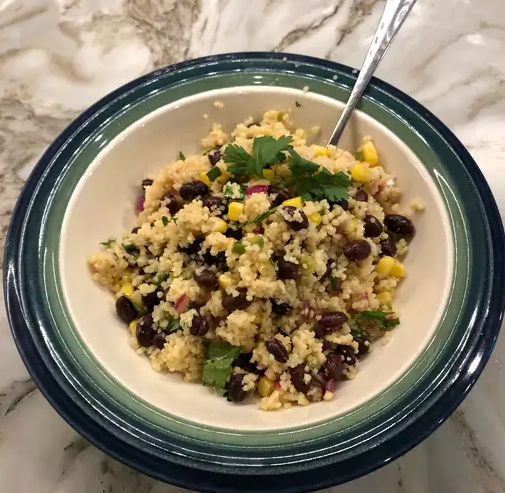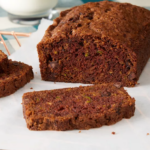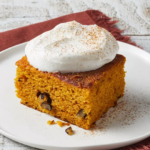Introduction
Mayan Couscous is a unique and flavorful dish that highlights the rich culinary traditions of the Mayan culture. As an essential part of their cuisine, it reflects the agricultural heritage and spiritual practices of the Mayans. This article explores the origins, preparation, and significance of Couscous, inviting you to experience this delightful dish.
What is Mayan Couscous?
Couscous is a traditional dish primarily made from corn, often mixed with various spices and vegetables. Unlike traditional couscous, which is made from wheat, Couscous showcases the importance of corn in Mayan society.
Ingredients Used:
- Corn (the main component)
- Spices (such as cumin and chili)
- Vegetables (like bell peppers and onions)
This unique combination creates a versatile dish that can be enjoyed in various ways.
Historical Background of Mayan Couscous
The origins of Couscous can be traced back to the ancient Mayan civilization, which revered corn as a sacred crop. Moreover, it played a vital role in their diet and was often featured in rituals and celebrations.
Influence of the Mayan Civilization:
- Use of corn in religious ceremonies
- Connection to agricultural practices
Understanding the historical context of Couscous enriches the experience of this dish, reminding us of its deep cultural roots.
Nutritional Benefits of Mayan Couscous
Couscous is not just delicious; it is also packed with nutrients. The main ingredient, corn, offers a wealth of health benefits.
Nutritional Content:
- Rich in Vitamins (especially B vitamins)
- High in Minerals (such as magnesium and potassium)
- Excellent Source of Fiber (aiding digestion)
Consequently, consuming Mayan Couscous can contribute to a balanced diet, providing a healthier alternative to more refined grains.
How to Prepare Mayan Couscous
Making Couscous at home is simple and rewarding. Here’s a step-by-step recipe:
Ingredients:
- 2 cups of corn (fresh or frozen)
- 1 tablespoon of olive oil
- 1 chopped onion
- 1 bell pepper, diced
- 1 teaspoon of cumin
- Salt and pepper to taste
- Optional: protein (such as beans or chicken)
Cooking Instructions:
- First, heat the olive oil in a pan over medium heat.
- Then, add the chopped onion and sauté until translucent.
- Next, stir in the bell pepper and cook for another 3 minutes.
- After that, add the corn, cumin, salt, and pepper. Cook until the corn is tender.
- Finally, serve warm, garnished with fresh herbs if desired.
Tips for Best Results:
- Use fresh corn for a sweeter taste.
- Additionally, adjust spices to your preference.
Variations:
- Adding Proteins: Incorporate beans or cooked chicken for a heartier meal.
- Vegetarian Options: Pair with grilled vegetables or a fresh salad.
Cultural Significance of Mayan Couscous
Couscous holds a special place in Mayan festivals and gatherings. It symbolizes community, nourishment, and the connection to their agricultural roots.
Role in Celebrations:
- Often served during significant cultural events.
- Furthermore, it represents abundance and gratitude in Mayan traditions.
Modern adaptations have kept this dish alive, ensuring its place in both traditional and contemporary culinary scenes.
Popular Dishes Featuring Mayan Couscous
Couscous can be enjoyed in various dishes, showcasing its versatility:
- Salads: Tossed with fresh vegetables and herbs.
- Soups: Added for texture and flavor.
- Main Courses: Served alongside meats or as a base for vegetarian dishes.
As a result, regional variations exist, highlighting local ingredients and culinary styles.
Conclusion
In summary, Mayan Couscous is a vibrant and nutritious dish that embodies the rich heritage of the Mayan culture. Its preparation is simple, and its flavors are delightful, making it a worthy addition to any meal. Therefore, we encourage you to try making Couscous and experience a taste of history.



